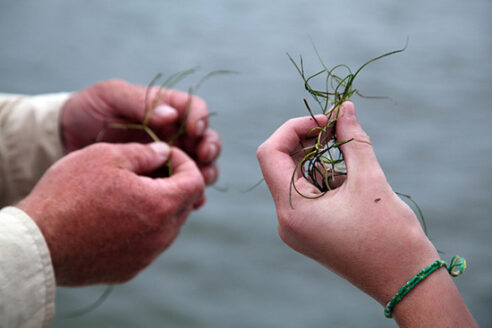Tagged Stories: "bay grasses"
A look back at 30 years of water clarity
January 14, 2020Our Scientific and Technical Advisory Committee reviews three decades of data
Read story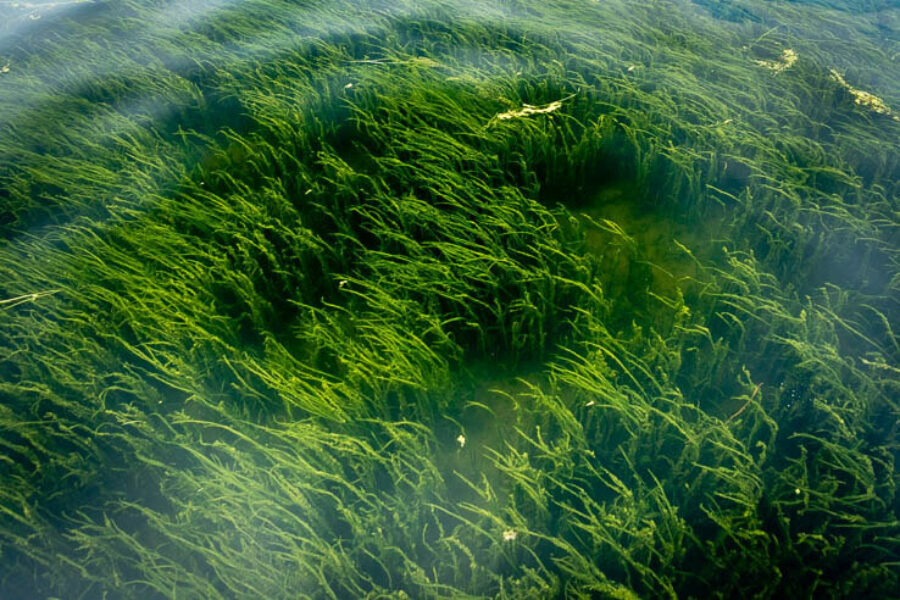
Volunteer as a Chesapeake Bay SAV Watcher
August 30, 2019A new monitoring program needs volunteers to help scientists collect valuable data on underwater grasses
Read story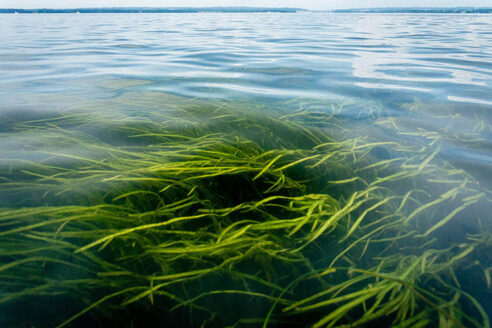
Despite record rainfall, underwater grass abundance remains strong
July 24, 2019Experts believe more underwater grasses grew in Bay than mapped acreage suggests
Read story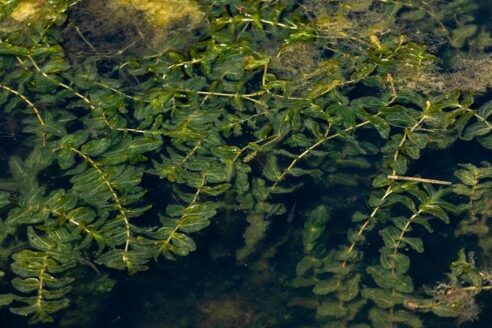
Underwater grasses in the Chesapeake Bay experience record growth for third consecutive year
April 24, 2018The total amount of grasses growing in the Bay marks 57 percent of our restoration goal
Read story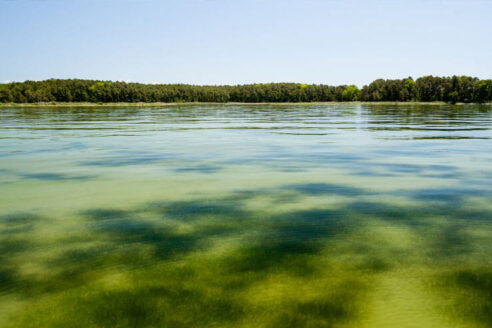
Rebounding underwater grasses signal recovering Chesapeake Bay
March 6, 2018Efforts to reduce pollution and conserve land are having positive effects, study finds
Read story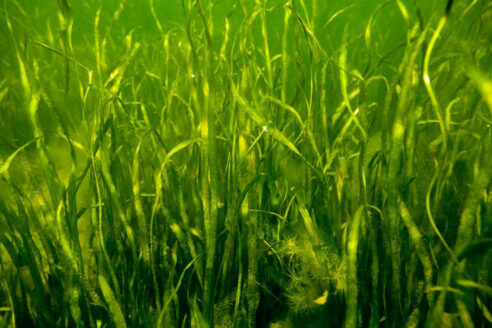
Five types of underwater grasses found in the Chesapeake Bay
July 18, 2017Aquatic grasses serve important role in estuary ecosystem
Read story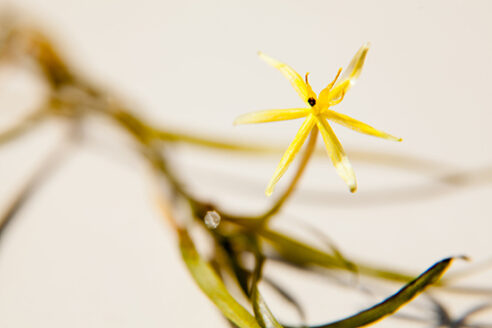
More than 97,000 acres of underwater grasses recorded in Chesapeake Bay
April 27, 20172016 total marks highest-ever acreage measured by annual aerial survey
Read story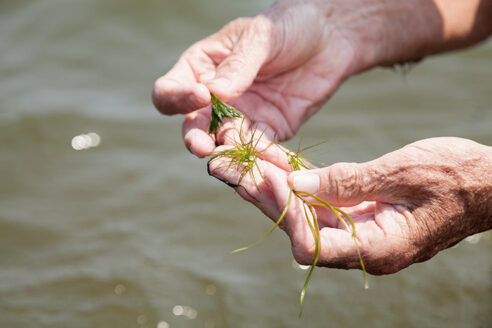
Monitoring finds more than 91,000 acres of underwater grasses in Chesapeake Bay
April 28, 2016The 2015 acreage exceeds the 2017 restoration target two years early
Read story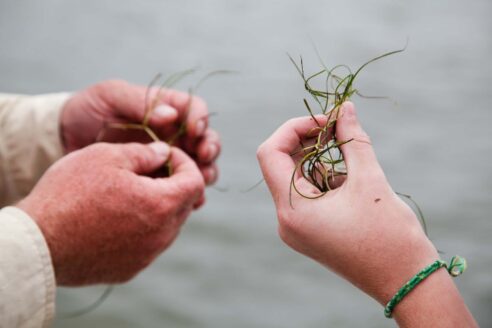
Chesapeake Bay’s underwater grass abundance rises 27 percent in 2014
July 30, 2015Widgeongrass grows where vegetation was not mapped before
Read story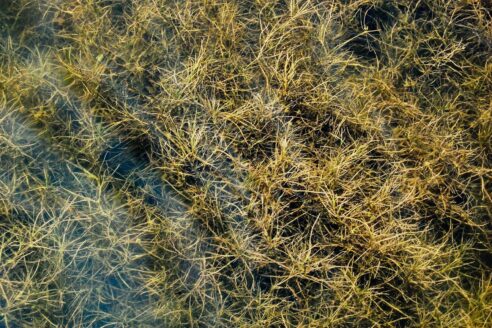
Chesapeake Bay’s underwater grass abundance rises 24 percent in 2013
April 21, 2014Scientists attribute the boost in bay grasses to the expansion of widgeon grass in saltier waters.
Read story